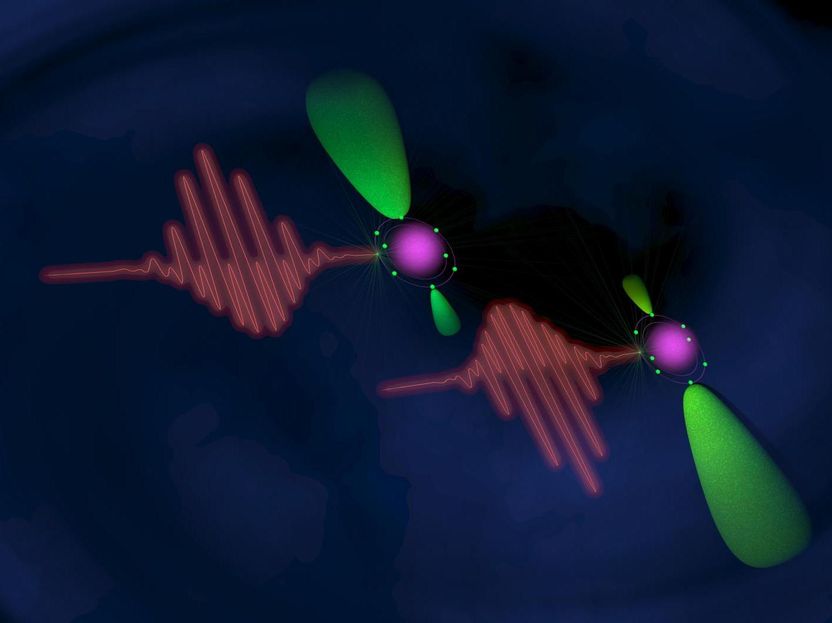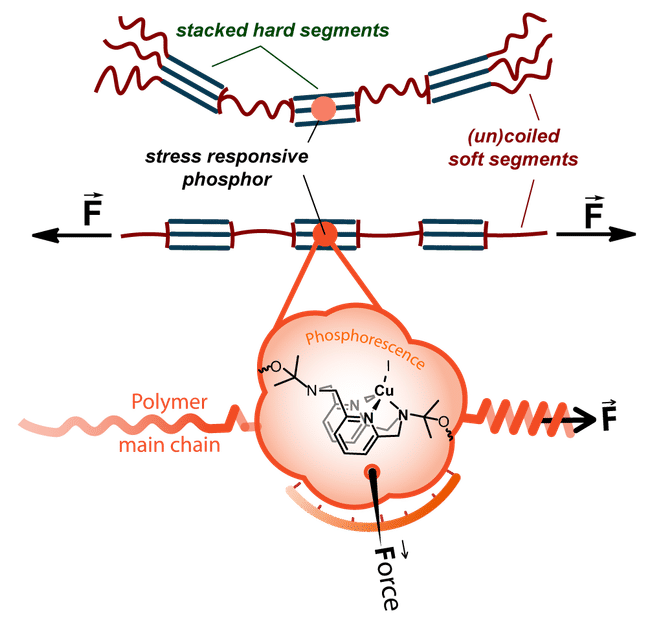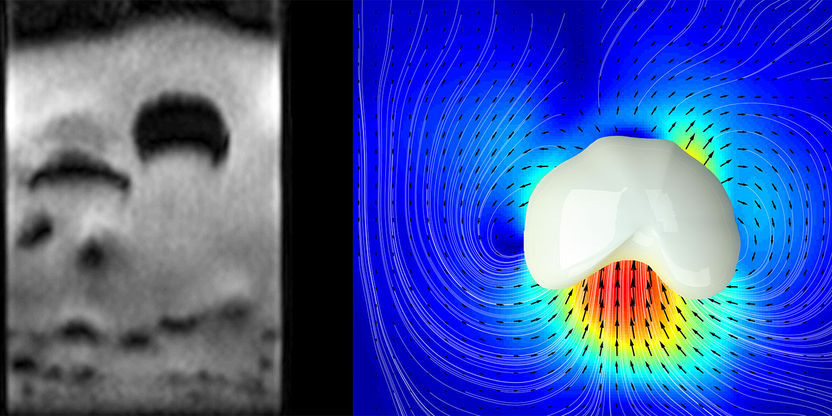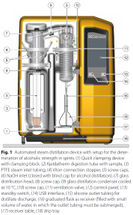C. Gerhardt
Improved automatic steam distillation for determining alcoholic strength in spirits and liqueurs
C. Gerhardt GmbH & Co. KG

Steam distillation with oscillation-type densimetry for alcohol strength determination
The determination of the alcoholic strength in spirits and liqueurs is required to control the labelling of alcoholic beverages. The reference methodology prescribes a distillation step followed by densimetric measurement. The classic distillation using a Vigreux rectifying column and a West condenser is time consuming and error-prone, especially for liqueurs that may have problems with entrainment and charring. For this reason, this methodology suggests the use of an automated steam distillation device as alternative. The novel instrument comprises an increased steam power, a redesigned geometry of the condenser and a larger cooling coil with controllable flow, compared to previously available devices. Method optimization applying D-optimal and central composite designs showed significant influence of sample volume, distillation time and coolant flow, while other investigated parameters such as steam power, receiver volume, or the use of pipettes or flasks for sample measurement did not significantly influence the results. The method validation was conducted using the following settings: steam power 70 %, sample volume 25 mL transferred using pipettes, receiver volume 50 mL, coolant flow 7 L/min, and distillation time as long as possible just below the calibration mark.





